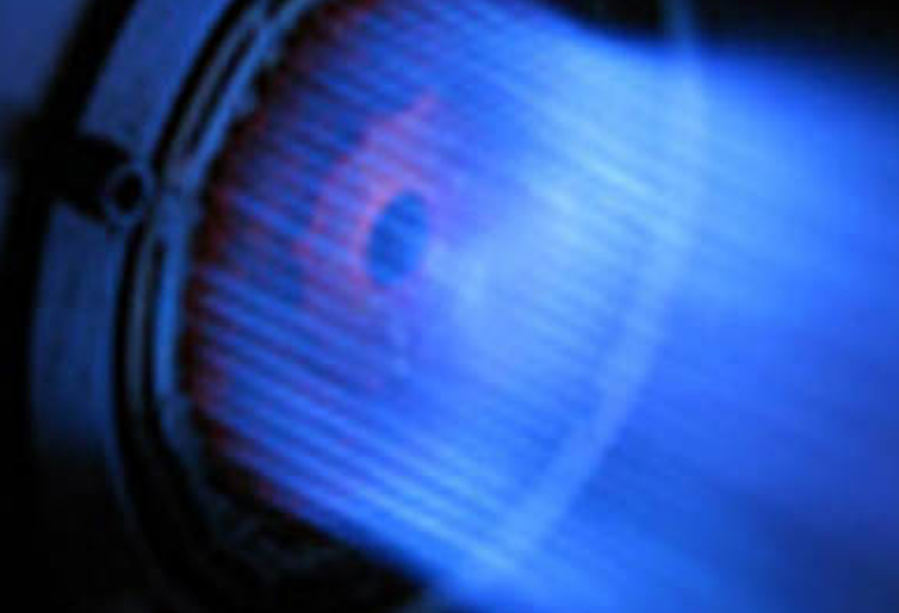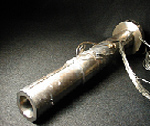
Precision Combustion, Inc. (PCI) is applying its experience in catalytic combustion to the remediation of contaminated soils through the application of high pressure, high temperature steam directly into contamination zones. Building upon our experience in catalytic direct-fired steam generation, the products currently in development can be used as (i) a complementary process to other techniques; (ii) as the primary approach for cleaning up affected areas; and/or (iii) to create a barrier or “wall” around the perimeter of the pollution zone to prevent plumes from migrating to non-polluted areas, water zones, etc.
Conventional thermal treatment technologies (electric conductive or resistive heating) are effective in removing contaminants, such as diesel fuel, crude oil, DNAPLs (dense non-aqueous phase liquids) and mercury, but these techniques are typically both costly and slow. A very large energy input is required to generate the required heat (>250 °C in the case of mercury), and long dwell times are required to elevate the soil region to the necessary temperatures. The high costs of thermal remediation present a significant barrier to effective and timely site restoration.
PCI’s catalytic direct-fire steam generator avoids the inherent problems of conventional boilers. The disadvantages of boilers include high energy costs, high water usage, high CO2 emissions, as well as temperature limits of about 100 °C for saturated steam. PCI’s approach eliminates the 30% to 45% efficiency losses suffered by conventional boilers.
PCI’s device is a catalytic direct-fired combustor system based on its well-established natural gas-fired catalytic combustor technology. The combustion process generates hot fluid, steam, and combustion end products N2 and CO2, with the steam containing about 70 % of the thermal energy produced. These fluids are injected into a perforated pipe section that release heat and mass flows into the contaminated soil zone, at temperatures from 100 to over 300 °C and at depths to at least 300 feet. The system will be compact, tightly controllable, and be capable of very high BTU output. The catalytic combustor is able to burn gaseous or liquid fuels.
The hardware can be configured to be placed into a pipe for insertion into the treatment area. Alternatively, the steam generation hardware could be located on the surface and the steam piped into the area via a manifold approach. In this setup, a single PCI device could support multiple injection wells, depending on the configuration and requirements for energy input, pressure and temperature.

Summarizing the advantages of PCI’s catalytic steam generation technology as applied to soil remediation:Advantages of PCI’s Catalytic Steam Generation Technology
- Easily generate temperatures required for remediation of oil contamination, DNAPLs and mercury;
- Significant energy savings from delivering full higher heating value of the fuel to the soil and from using less expensive energy sources over electric heaters;
- Zero hydrocarbon emissions, with low-single-digit ppm CO and NOx levels;
- Compact, fits within an injection pipe for targeted location temperature;
- Alternative configuration to manifold multiple injection points from a compact surface unit;
- Injection temperature can be controlled to produce super-heated steam for improved contaminant vaporization and removal.
Contact PCI to learn more about how our solutions may be adapted for your needs.


